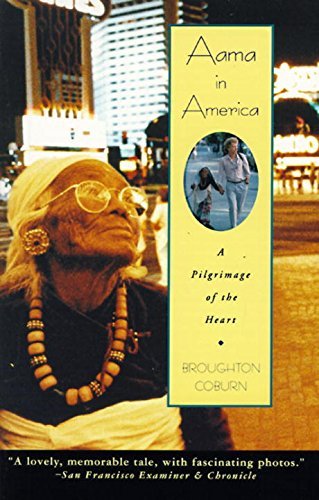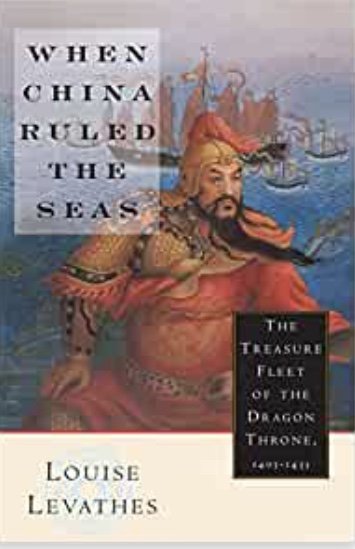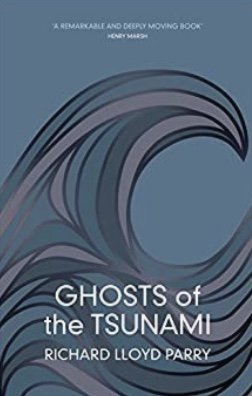Who could imagine that a ten-year-old boy, captured by Chinese troops in the Mongol-ruled state of Yunnan, would become China’s greatest explorer of the seas?
Ma He was a lucky child. While many sons of China’s enemies were immediately castrated on the battlefield, he avoided that fate until he was thirteen, when he became the personal eunuch servant to a son of the emperor, Prince Zhu Di.
When his father died, Zhu Di launched a rebellion against the chosen successor, a long battle in which Ma He proved to be a skilled soldier and his master’s loyal ally. After Zhu Di took the throne as the Yongle Emperor, Ma He was given a new name. As Zheng He, he had a privileged position in the imperial court.
Over the past dynasties, eunuchs had gained power, rising from humble servants to form their own bureaucracy. Taking the lead as military men and heads of the emperor’s household, their influence eclipsed the Confucianist leaders who had held sway for centuries. The pragmatism of the eunuchs meshed well with the aspirations of the Yongle Emperor and trade soon became the major source of revenue.
Earlier when the Tang Dynasty had conquered Xinjiang, Mongolia, Manchuria, and Korea, this expanded territory gave rise to more markets and formerly unknown prized goods. Slowly China moved beyond the Confucian beliefs that trade was a menial occupation and that the Middle Kingdom needed no contact with foreign countries. Chinese ships gradually became essential instruments for trade expansion and the Yongle Emperor grew eager to increase his trade borders by building more—and much bigger—ships.
Looking for a commander of his future fleet, he turned to Zheng He. His teenage servant had become a man with “glaring eyes” and “a voice as loud as a huge bell,” who towered above other men with extraordinary height. His military prowess and leadership skills prevailed over what was seen as his advanced age of thirty-five and made him the emperor’s choice to command the fleet that would accompany the newly created treasure ships.
Filled with porcelain, silk, brocades, iron, salt, and other luxurious commodities, the treasure ships were sumptuous and impressive, as befitted their status as representatives of China’s wealth and splendor. The largest of them is estimated to have been over 400 feet long and 166 feet wide; all of them were the only ships in China to have nine masts.
They were accompanied by eight-masted “horse ships,” seven-masted supply ships, six-masted troop transports, and five-masted warships. Among the 27,000 men aboard these vessels were astrologers, Arabic translators, official secretaries and advisers in matters of protocol, skilled workmen for necessary repairs, and 180 medical officers, one for every 150 men.
This armada of 317 ships set off in 1405 on a journey that would last two years. “Our one fear,” Zheng He announced, “is not to be able to succeed.”
He returned in 1407, his ships laden with spices, ebony, ivory, pearls and precious gems. He had defeated and captured Southeast Asia’s most dreaded pirate and brought him back to China for execution. He also carried ambassadors from India, Sumatra,and the Malay Peninsula, all of them coming to pay tribute to ChIna’s emperor.
Six more expeditions followed, from 1407-1433, with Zheng He in command of all but the second. The number of ambassadors bearing tribute from the countries visited by the treasure ships became so numerous that a special compound was set aside to house them all. Technological advances were introduced by the fleet, such as a gift of magnifying lenses mounted on handles, along with “two skilled glassblowers, presumably from the Middle East.”What would become an enduring animosity between Korea and China was sparked when, along ginseng, gold,silver, and leopards, the treasure ships carried 300 beautiful Korean virgins for the emperor’s pleasure.
In 1418, the fifth voyage sailed beyond the coastal cities of the Middle East to the ports of East Africa, beating Vasco da Gama’s arrival by eighty years. Although Arab traders had told Zheng He about the riches found in Europe, he had no interest in expanding trade to that continent. The economic benefits found across the Indian Ocean and the China seas were more than enough to enrich the Yongle Emperor. What came back in the treasure ships financed the move of China’s capital from Nanjing to Beijing and made possible the creation of the Forbidden City.
Perhaps Zheng He knew the seventh voyage of the treasure ship fleet was going to be his last. Before his departure in 1431, he had two tablets made that documented the achievements of past expeditions. These proclaimed success in “unifying seas and continents,” with “countries beyond the horizon from the ends of the earth have all become subjects,” through voyages that made “manifest the transforming power of imperial virtue,” while increasing China’s “geographic knowledge.”
He was sixty when he set off on his final voyage and died on the journey home, his body consigned to the ocean.
His emperor followed him in death two years later. Under his heir, both the tribute system and China’s maritime dominance withered. Confucians, with their belief that land was more important than the sea, regained their ascendancy. Zheng He’s ship logs were called “deceitful exaggerations of bizarre things” and in 1477 were destroyed to prevent others from following his example. In 1525 all ocean vessels were destroyed and it became a crime to go to sea on a multi-masted ship.
But the treasure ship fleet had expanded the boundaries of those who sailed on them. At one time three Chinese envoys had jumped ship in Cambodia, never to return. Others illegally emigrated to Siam and to islands in the Philippines or made their homes in North Vietnam, Singapore, and Java. “The legacy of Zheng He was the diaspora of Chinese to Southeast Asia.”
The amount of detailed information revealed by Louise Levathes is almost overwhelming. She gives a concise history of China from Neolithic times up to the 16th century. Although her scholarship is rigorous,she can’t resist touching upon enticing conjectures, while carefully couching them in “maybe” and “perhaps.”
Did Chinese voyagers, long before Zheng He’s time, reach Australia and Africa, settling in Arnhem Land as “Baijini” and on Kenyan islands as “Bajuni”? Did they make contact with South America long before Columbus? Levathes dwells upon these possibilities just long enough to tease imaginations while wisely leaving any conclusions to future historians.
Certainly the known history that she offers in just over 200 pages is more than enough to dazzle, inform, and enshrine Zheng He as a hero for all time.~Janet Brown



















